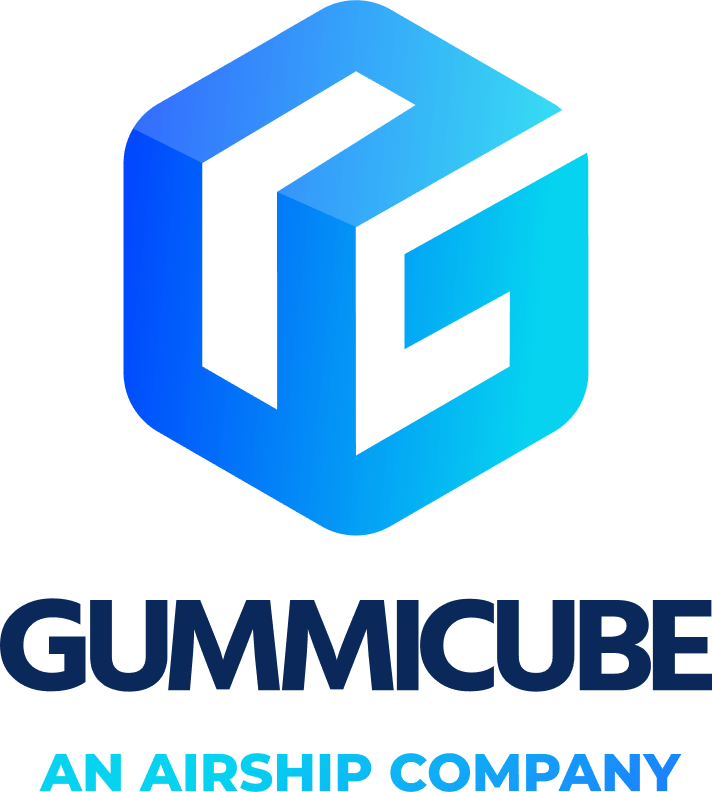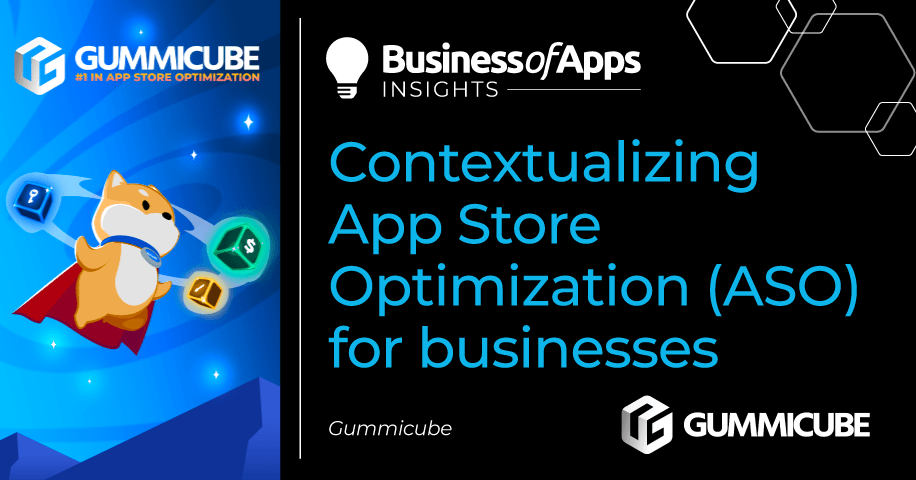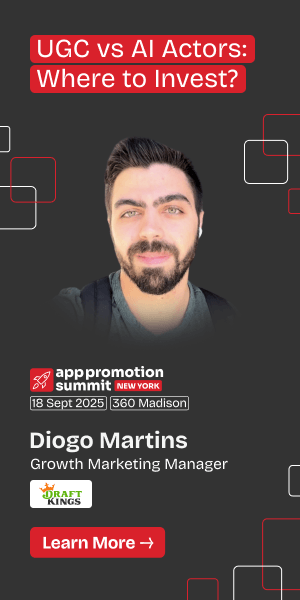Imagine walking through a busy mall, window shopping, and browsing the unique clothes, gadgets, and products on display. You’ve decided you need an outfit to refresh your wardrobe and have an idea of the style you are looking for.
However, no store seems to have what you need at first glance. You continue browsing and come across one that has a t-shirt on display that is exactly what you’re looking for. You decide to go in and discover an entire set that complements the shirt and by the end, you have your outfit.
The store successfully lured you in with a staple product for your outfit and helped you discover other pieces that fulfilled your wardrobe needs. This journey of discovery and acquisition roughly exemplifies the basics of App Store Optimization. The process of finding an app in the digital mega-mall of the iOS App Store and Google Play is similar to how you would wander in person. How developers get potential users to download is the equivalent of discovering and purchasing the outfit.
Below we’ll detail how performing ASO is the digital parallel of optimizing your brick-and-mortar storefront and why it is essential to any business that has an app.
App store optimization in the business landscape
App store keywords: Attracting the right users
When creating your storefront the first step is to get the mega-mall to recognize you and allow you to present your business to the public. The digital version of this would be getting recognized as relevant to potential users by the app store algorithms. The first step to creating that relevancy and visibility is to establish the keywords that are important to your app. Establishing a baseline relevance for terms that users are searching for lets you attract the right audience and helps build the foundation of the rest of your ASO strategy.
Your app store metadata strategy should ideally consist of terms and phrases that strike a balance between having a competitive keyword search volume while also being hyper-relevant to your app’s features – the latter being of utmost priority. Using our previous outfit example, if you saw a shop selling wedding attire, you probably wouldn’t consider walking in. The same occurs with an app store listing that contains terms that aren’t targeting their ideal customer. Using terms like “clothing app” or “clothes shopping” might have a lot of users searching for them, but they’re too broad to efficiently attract those of your specific niche.
App store conversions: Getting the “sale”
You’ve walked into the store and identified the main product you want (the t-shirt). However, upon browsing further you find jeans that match and maybe even a belt to go along with it. This closing phase in the outfit example that we’ve been using also reflects the conversion journey of users who come across your listing.
App Store and Play Store conversions are affected by several different factors. From creatives and descriptions to ratings and reviews, each user’s reason for downloading an app is unique. However, each of the assets that contribute to conversions should be optimized so that regardless of the motivation, a potential user will download.
Examples of ASO strategies that can help drive downloads are the following:
- Creative Optimization: Create engaging visuals for your app listing that highlight key features and your unique value proposition.
- Description Optimization: Develop a description containing engaging copy that resonates with your target audience’s needs. Use this field to illustrate the value a user gets from downloading your app.
- Ratings and Reviews Management: Take the time to address both negative and positive feedback from users. A rating below 4 stars can dissuade users from downloading, so ensuring a quality in-app experience is essential. Responding to users in the reviews section also fosters trust and shows customers you are actively working towards improvements.
Check out how you can optimize your app listing for conversions here.
The ROI of ASO: Translating app store performance into revenue
Now that we’ve contextualized the digital user acquisition journey, it’s easy to find the similarities between optimizing a physical storefront and a digital one in the app stores. The next question is, “How can I measure the impact of ASO on my business?”
Whereas a physical store has sales to reflect the business’ performance, an app developer can look at their downloads. But how do downloads turn into cold hard cash? The answer is trickier.
To better understand how ASO helps the bottom line of a business, we must start at the top of the funnel. There is no business if there is no steady influx of quality users and App Store Optimization consists of effectively analyzing, editing, and continuously testing different acquisition and engagement strategies.
Pre-download, optimizing metadata and creatives helps promote visibility, which in turn aids in attracting potential users. Post-download, native tools such as In-App Events and Promotional Content drive engagement and retention, helping existing and even lapsed users revisit features of the app they may have never discovered otherwise.
Now that users are engaged, it comes down to the unique business model behind the app. Every app has its own method of monetizing, each one depending on the services it provides, the in-app experience, and its industry. An e-commerce app does not make money the same way a subscription app does, so naturally, how ROI is measured greatly depends on how the product is presented within the app and the post-download behavior of users.
However, there are certain ASO-centric metrics that can be analyzed and act as a segue to bottom-of-funnel activities. These are:
- Organic & Paid Traffic
- Clickthrough Rate (CTR)
- Conversion Rate
Once downloaded, developers should closely monitor the following to accurately narrow down what causes changes in performance:
- User Engagement
- User Retention
- Customer Churn Rate (for subscription apps)
- Purchase Frequency (for e-commerce apps)
Adopting an all-encompassing approach to ASO (not just limited to acquisition) is similar to how an in-store manager might curate a storefront to attract customers and later update the store’s layout and collections over time to keep them coming back.
Read more about how you can measure the impact of ASO here.
Real-world examples of ASO success
Sephora is a brand Gummicube worked closely with to increase its App Store performance by over 30%. The approach to improving this e-commerce app’s performance consisted of firstly, increasing the traffic to the app store listing to then pinpoint the conversion elements that needed attention. After improving visibility, we were able to increase Sephora’s conversion rate by 44.2%.
However, growth doesn’t stop at just metadata. As detailed above, creatives serve as a powerful driver for conversions as well. Carvana is another example of a Gummicube client that was able to increase its organic downloads by 80% and conversions across all channels by 98%. By strategically optimizing store listing assets, we were able to establish a foundation for attracting quality users and, as a result, effectively feed bottom-line initiatives.
Make ASO your digital business plan
For the store manager reading, it might be easy to now see the parallels between running a physical shop and App Store Optimization. For the developer, it’s essential to understand the importance of ASO in your user’s lifecycle and how it can affect sales down the line. Applying the principles of customer acquisition to your mobile app marketing strategy and treating it as essential will enable you to take a holistic approach to running your business.
App Store Optimization continues to evolve and require strategies that continuously improve the user experience both pre and post-download. If you want your digital business to have a steady stream of potential customers, you better be prepared to assume ASO as a quintessential aspect of your sales journey.
Need help with your ASO? Get in touch with Gummicube today!











